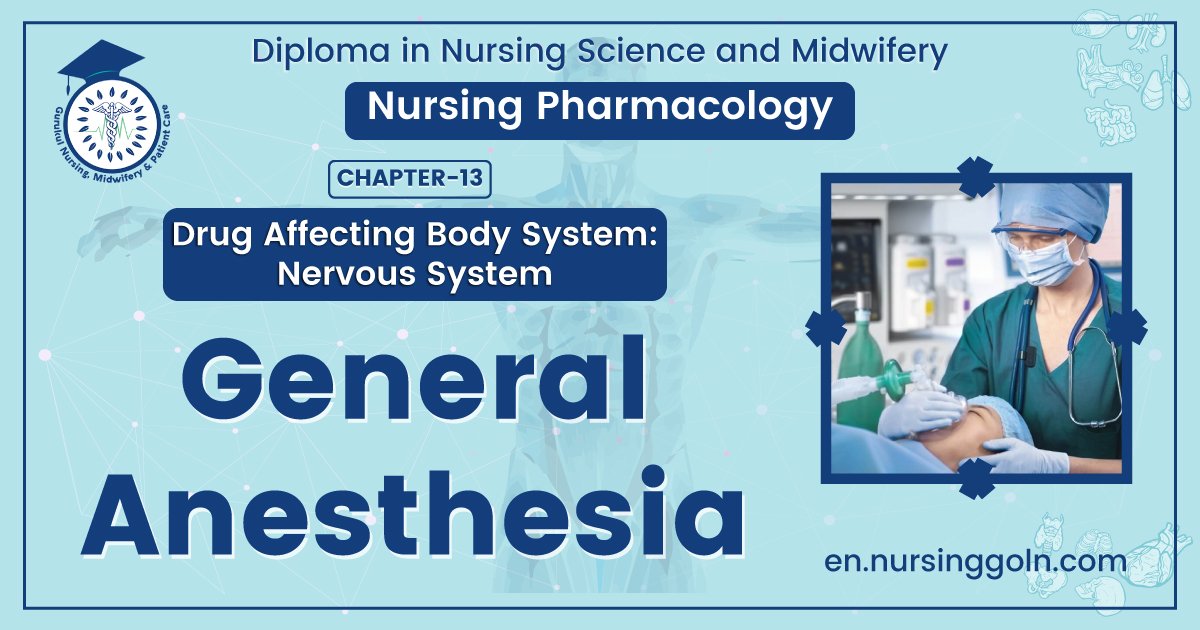General Anaesthesia – This book covers the entire syllabus of “Pharmacology” prescribed by BNMC- for diploma in nursing science & midwifery students. We tried to accommodate the latest information and topics. This book is an examination setup according to the teachers’ lectures and examination questions.
At the end of the book, previous questions are given. We hope in touch with the book students’ knowledge will be upgraded and flourish. The unique way of presentation may make your reading of the book a pleasurable experience.
General Anaesthesia
Controllable and reversible loss of consciousness with loss of pain, sensation and reflexes (both superficial and deep) along with adequate muscle relaxation, is called general anaesthesia.
Objectives of general anaesthesia
The objectives of general anaesthesia includes:
- To produce insensitive to pain (analgesia) and amnesia.
- To produce loss of consciousness.
- To produce adequate skeletal muscle relaxation suitable for surgical procedures.
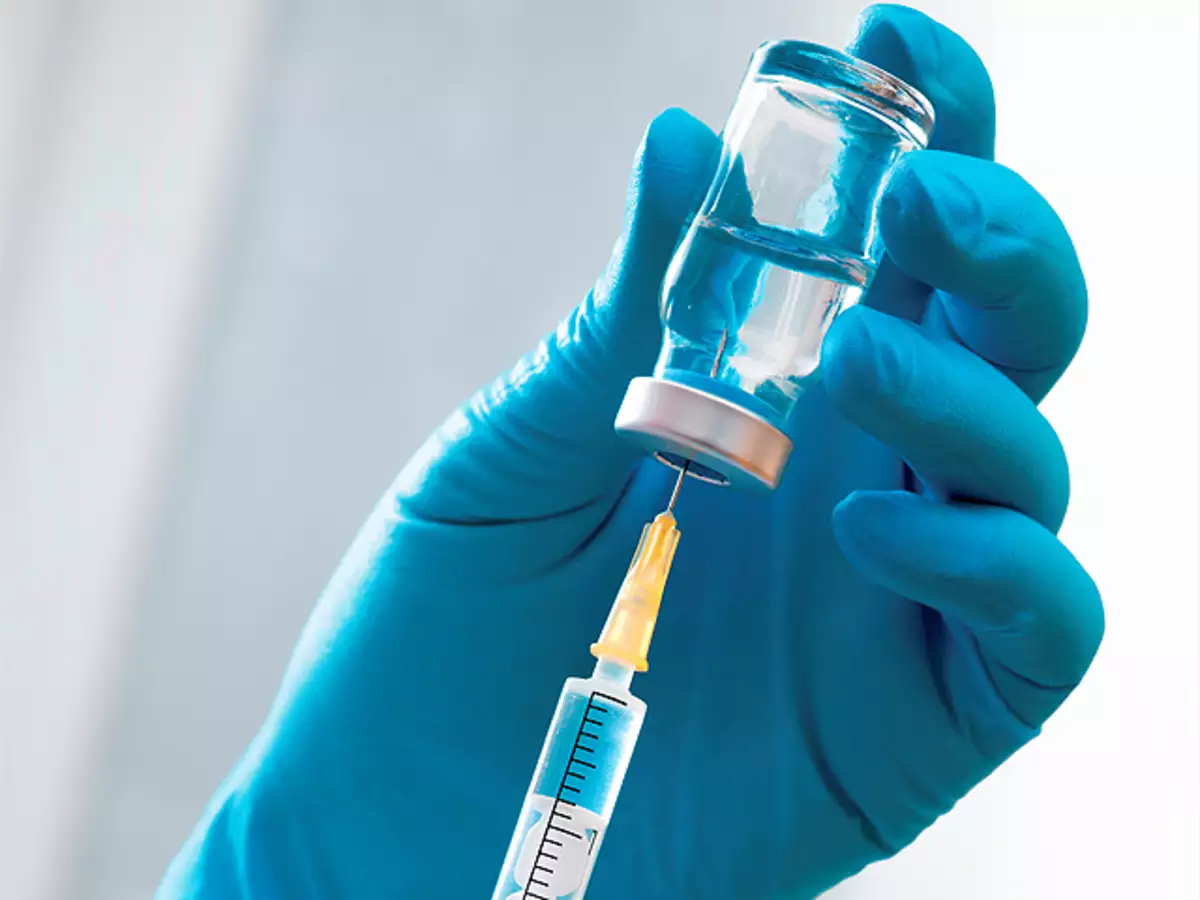
Stages of G.A
Surgical anaesthesia is classically divided in four well-defined stages when a slowly acting anaesthetic (such as ether) is used. With modern techniques of i/v anaesthesia and of pre-medicated inhalation, stages I and II may hardly be noticed by patient or anesthetist.
STAGE-I: (stage of analgesia)
- From beginning of induction of G.A to loss of consciousness.Initial analgesia then analgesia & amnesia
- Consciousness: retained
- Sense of touch: retained
- Sense of hearing: increased
STAGE-II: (stage of excitement or delirium)
From loss of consciousness to onset of automatic breathing. This may be struggling breath, holding, vomiting & coughing.
- Patient is unconscious but delirious & excited.
- Respiration is irregular
- Retching. Vomiting
- Incontinence may occur
STAGE-III: (stage of surgical anaesthesia)
From onset of automatic respiration to respiratory paralysis.
- Respiration become regular then complete
- Cessation of spontaneous respiration
- Ocular movement lost
- Eye reflexes: lost.
Stage-III is divided into four planes-
- PLANE-1: From onset of automatic respiration to the cessation of eyeball movement.
- PLANE-2: Cessation of the eyeball movement to the commencement of intercostal muscle paralysis.
- PLANE-3: Commencement of intercostal muscle paralysis to completion of intercostal paralysis.
- PLANE-4: Completion of intercostal muscle paralysis to Diaphragmatory paralysis.
STAGE-IV: (stage of medullary paralysis)
From the diaphragmatic paralysis to apnoea and death. All reflexes activities lost and pupil widely dilated. Severe depression in the vasomotor centre in the medulla as well as the respiratory centre.
symptoms and Procedure of general anaesthesia.
Signs of G.A:
A. Lightening G.A signs:
- Lacrimation (tears).
- Eye movement present.
- Respiratory rate increased.
- Limb movement in response to surgical stimulus.
- Change in pulse rate
- Inadequate muscle relaxation.
- Sweating.
B. Deep G.A signs:
- Pupil dilated.
- Respiration: shallow and irregular.
- Muscle tone: absent.
- Cardiovascular collapse,
- Operative-field becomes pale and dry.
Procedure of general anaesthesia
- Pre-medication for anaesthesia.
- Induction & maintenance of anaesthesia (during surgery).
- Recovery from the anaesthesia (after surgery).
indication and Contraindication of intravenous G.A.
Indication of intravenous G. A
1. Inducing general anaesthesia.
2. Producing complete anaesthesia of short duration for minor operation, simple dental extraction, insertion of endoscopy, orthopaedic manipulation, minor gynaecological examination under anaesthesia etc.
3. As anticonvulsant during anaesthesia, eclampsia, epilepsy, tetanus etc.
4. For supplementing regional analgesia.
5. For narcoanalysis in psychiatry and for electroconvulsive therapy.
6. As a basal anaesthesia.
Contraindication of intravenous G.A
1. Myocardial weakness with diminished CO2.
2. High or low blood pressure.
3. Severe kidney or liver disease
4. Children.

Pre-Anaesthetic Medication
Administration of medications preoperatively for sedation and analgesia is called pre-anaesthetic medication.
Or
In addition to general anaesthetic agents there are considerable numbers of drugs that are used before and during surgical operation. This use of drugs is called pre-anaesthetic medication. And the drugs are called adjuvant anaesthetics.
Advantages of preanaesthetic medication
1. Reduce anxiety and cause smooth induction.
2. Increase effectiveness of anaesthetic agents used
3. Reduce the amount of anaesthetic needed.
4. Prevent undesirable actions of anaesthetics.
5. Reduce pain sensation.
Drugs used in pre-anaesthetic medication
➤For sedation:
- Diazepam (5 mg H/S
- Phenobarbitone (100-200 mg) adult.
➤ For suppressing respiratory & salivary secretion and reflex excitability:
- Atropine sulphate (0.6 mg): 1 ample i/m. Given at least 20-30 minutes before operation.
➤ To prevent bronchospasm, hypotension and vomiting:
- Promethazine hydrochloride (phenargan) (50 mg) i/m
- Chlorpheneramine malate (histacin) (50mg): I amp.i/m
➤ To relief pain and production of sedation:
- Inj. pethidine (100 mg) I/v or, I/M or,
- Morphine (15 mg) /v or i/m
Aims & objectives of pre anaesthetic mediation
The main aims & objectives of pre anaesthetic medication is to:
1. Decrease anxiety without producing excessive drowsiness
2. Provide amnesia for the perioperative period while maintaining co-operative prior to loss of consciousness.
3. Relieve preoperative pain if it is present.
4. Reduction in the requirement for an inhalational anaesthetic agent.
5. Minimis action of undesirable side effects (salivation, bradycardia, coughing, postanaesthetic vomiting).
6. Reduction of the volume and acidity of gastric contents.
7. Reduce stress responses in the perioperative period.
Rational for the use of preanaesthetic drugs
A. Benzodiazepines (midazolam, diazepam)
1. Benzodiazepines produce sedation without cardiorespiratory depression.
2. Benzodiazepines have a greater propensity to cause amnesia.
3. Duration of action is short.
B. Anti-cholinergic drugs
1. Anticholinergic drugs reduce the respiratory tract secretion, decrease salivation (dry mouth). So minimizes the risk of fluid accumulation in the respiratory tract.
2. Counteract the vagal effects that may occur during anaesthesia and surgery. 3. Prevent parasympathetic induced cardiovascular effects (bradycardia, hypotension).
C. Opioid analgesics
1. Opioid analgesics are used to relieve minor preoperative pain and surgical pain (analgesia).
2. Preanaesthetic medication with an opioid analgesic reduces by 10% to 20% the amount of general anaesthetic required.
D. Histamine (H2 receptor antagonist)
1. H2 blockers reduce HCI secretion (stress induced).
2. Reduce the acidity and volume of gastric content.
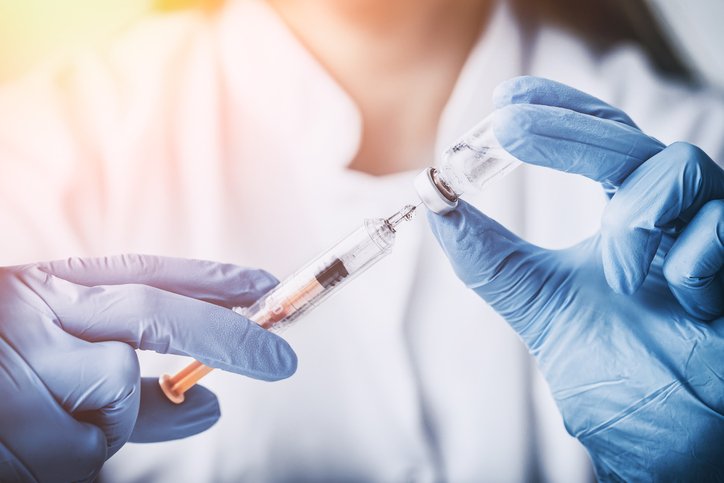
Balanced Anaesthesia
Balanced anaesthesia is one in which each drug being selected for one specific purpose and the whole combination providing the most effective and comfortable but the least hazardous anaesthetic experience for the patient and the best operating conditions for the surgeon. As an example of a combination of drugs chosen to achieve balanced anaesthesia are as follows:
1. Pre-anaesthetic medication with a basal anaesthetic (barbiturate), a narcotic analgesic (pethidine),and a vagal inhibitor (atropine).
2. Induction by a short acting barbiturates (thiopentur, methohexitorie)aal toe bivade
3. Maintenance of unconsciousness, analgesia and reflex inhibition by an anaesthetic gas (N20 with 02 and halothane) & an intravenous narcotic analgesic (pethidine),
4. Maintenance of muscle relaxation by neuromuscular blocking agents.
General anaesthetics are the agents that produce reversible unconsciousness with loss of pain and reflexes along with adequate muscle relaxation.
Classification of general anaesthetics
A. Volatile or inhalation anaesthetics
➤ Gaseous:
- Nitrous oxide (N₂O)
- Cyclopropane, Ethylene
➤ Volatile liquids:
- Halothane,
- Chloroform
- Ethylchlori
B. Non-volatile or I/V anaesthetics.
a. Steroidal:
- Na hydroxy-succinate
- Althesin, Etomidate
b. Non-steroidal:
Ultra-short acting barbiturates:
- Thiopental-Na+
Hexithal-Na+ Non-barbiturates:
- Diazepam
- Ketamine-hydrochloride
Properties of ideal General anaesthetics
For the patient
- Rapid and pleasant induction.
- Rapid and eventual recovery.
- Non-irritant, non-inflammatory and non-explosive.
- Should not have adverse and withdrawal effect.
For the surgeon
- Adequate muscle relaxation.
- Good analgesia.
- Does not cause capillary bleeding
For the annesthesiologist
- Wide range of safety.
- Easy control of induction and depth of anaesthesia.
- Easy recovery.
- Administration by simple apparatus.
For manufacturer
- Should not decompose when stored for a long time.
- Cheap and available.
No single anesthetic drug would induce anesthesia smoothly Therefore in modern practice of anesthesia most commonly involves the use of combination of drugs. A common, procedure would be:
a. Thlopentone: to produce unconsciousness rapidly (with. an intravenous induction agent).
b. Nitrous oxide & halothane: to maintain unconsciousness and produce analgesia (with one or more inhalation agent)
c. Tubocurarine: for produce muscle paralysis (with a neuromuscular blocking drugs)
Intravenous Anaestheties
- Intravenous anaesthetics act much more rapidly because the blood concentration can be raised rapidly.
- Producing unconsciousness in about 20 sec.
- Most commonly used for induction of anaesthesia followed by inhalation agent,
- Thiopentone is most commonly used.
- Intravenous anaesthetics produce anaesthesia without excitement.
Main Intravenous ansesthetic agents
- Ultra-short acting barbiturates:
- Thiopentone or thiopental sodium
- Methohexital sodium
- Thiamylal sodium.
- Etomidate
- Propofol
- Ketamine (dissociative anaesthetics)
- Midazolam (short acting benzodiazepine)
- Propanadid
- Althesin.
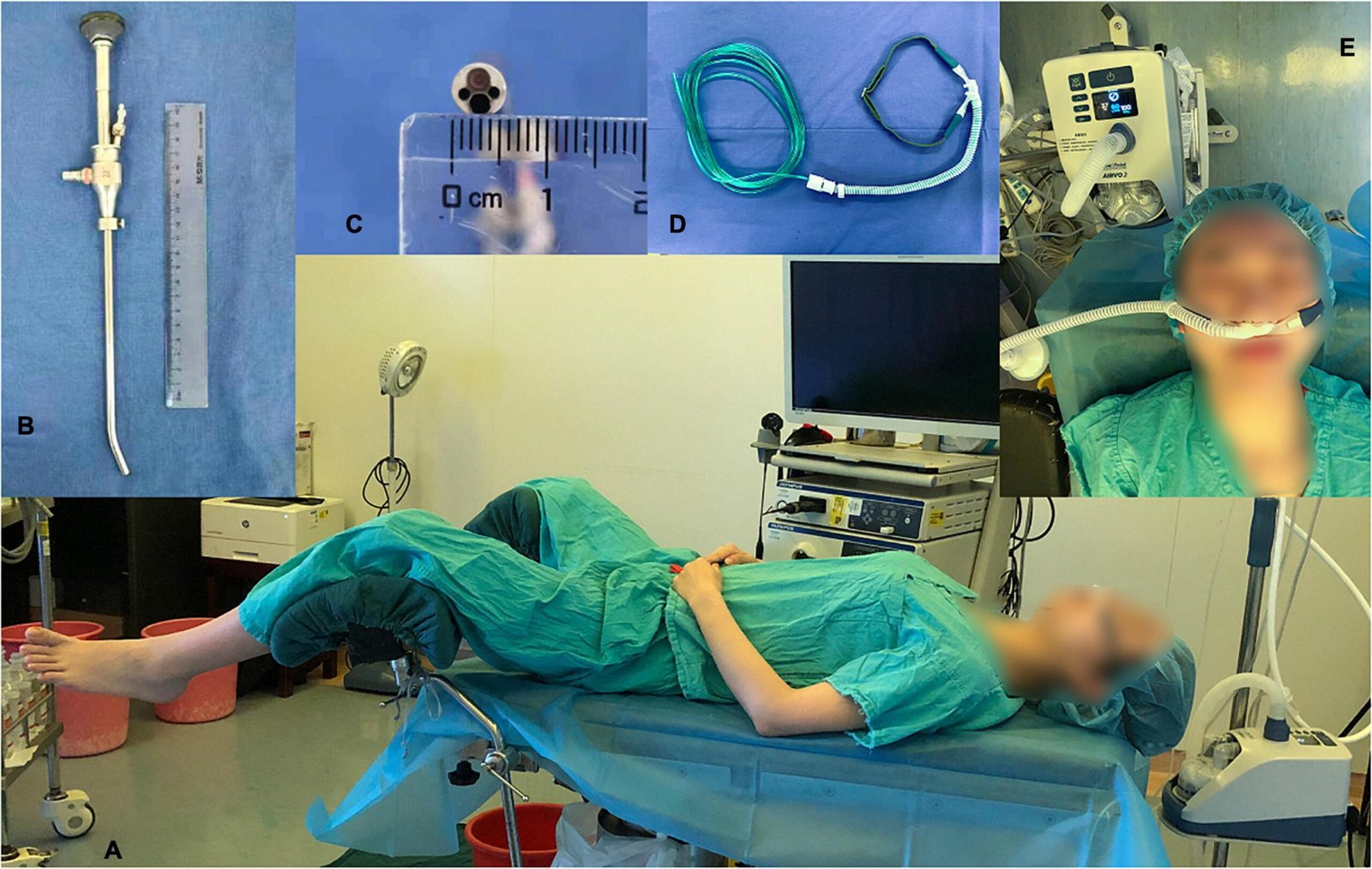
Thiopental Sodium
Pharmacological properties of thiopental sodium
A. Pharmacokinetic properties:
1. Ultra-short acting barbiturates
2. Very high lipid solubility
3. Parenteral administration
4 .Rapid onset of action due to rapid transfer across BBB
5. Extensively plasma protein bound.
6. Extensive distribution (brain & other vascular tissue)
7 Plasma half-life: 2.5-3 minutes,
8. Therapeutic index: narrow.
9. Cumulation occurs, giving slow recovery,
B. Pharmacological actions (pharmacodynamics)
1. CNS: Hypnosis, Anaesthesia (no analgesia), Respiratory depression
2. CVS: Cardiac depression, Decrease vascular tone (circulatory collapse), Hypotension
Advantage of thiopental sodium
1. Very rapid onset of action (within 20-30 seconds)
2. Induction: rapid and pleasant recovery speedy.
3. Produce anaesthesia without excitement.
4. Anaesthetic effect persists for about 4-7 minutes.
5. Non-irritant, nonexplosive, not hepatotoxic & nephrotoxic neitatean zenuste nist
6. Low incidence of post-anaesthetic complication. E.g. excitement, nausea and vomiting.
Disadvantages of thiopental sodium
1. Insignificant analgesic action
2. Less muscular relaxation.
3. Cumulation occurs; hence slow recovery.
4. Causes cardio-respiratory & circulatory depression.
5. Cannot be used alone as an anaesthetic agent.
Adverse effects of thiopental sodium
A. Local: (if injected)
1. Burning pain
2. Redness and swelling
3. Haematoma formation
4. Bruising and ulceration (due to alkalinity of drug
5. Thrombophlebitis
B. General:
1. Respiratory depression.
2. Circulatory collapse.
3. Laryngeal spasm.
4. Cough and hiccup.
5. Post-operative vertigo, euphoria and disorientation.
6. True cutaneous allergy.
7. Severe anaphylactic reaction.
Uses of thiopental sodium
Induction of anaesthesia prior to administration of inhalation and other anaesthetics.
Contraindication of thiopental sodium
1. Barbiturates hypersensitivity.
2. Severe cardiovascular disease or hypotension.
3. Obstructive pulmonary disease.
4. Severe acute bronchial asthma.
5. Addison’s disease, ult
6. Hepatic dysfunction.
7. Myxoedema.
8. Acute intermittent porphyria.
Induction of G.A
induction of General anaesthesia.
A. First: Inj. Thiopental sodium (3-5 mg/kg body wt) i/v rapidly.
B. Second: 02 by facemask @ 6-8 litres/min simultaneously with Thiopental sodium.
C. Third: Nitrous oxide (N2O: Laughing gas) by facemask @ 5- 6litres/min simultaneously with 02 which is diminished about 2.5-3 L/min.
D. Fourth: Inj. Galiamine (Flaxidil) (2-2.5 mg/kg body wt) i/v given after thiopental sodium.
E. Fifth: Halothane, by facemask @ 0.5-1Vo simultaneously with gallamine and gradually increase upto about 370 or even more till complete relaxation is attained.
F. Sixth: Endotracheal intubation is carried-out after complete relaxation by direct laryngoscopy & wanaesthesia is maintained with the supply of-
- 02 at the rate of 2.5-3 L/min.
- N2O at the rate of 5-6 L/min.
- Halothane@ about 0.57o (uses as true anaesthesia).
G. Seventh: Inj. Gallamine is to be repeated at the interval of 30 minutes depending upon the length of operation and the patient’s relaxation
Reversal from anaesthesia:
1. Halothane supply gradually stopped and this results in starting of spontaneous respiration of the patient as the action of Gallamine is also expired.
2. As the operation is complete N2O supply is gradually stopped.
3. 02 supply is increased to about 8-10 Liters/min simultaneously with stoppage of N2 O supply.
4. Inj. Neostigmine 0.5 mg (1 ample) for each 40 mg of Gallamine (but usually not over 2.5-3 mg) + Inj. Atropine sulphate 0.6 mg (1 ample) per mg of Neostigmine is given i/v as the patient respired normally.
5. Endotracheal tube is removed after the reflexes (cough and pain reflex) rectum.
Etomidate
1. Very fast onset of action.
2. Causes loss of consciousness within second.
3. No analgesic effect.
4. Rapid recovery following an induction dose (within 3 min).
5. Less cardio-respiratory depression (advantage over other intravenous anaesthetic agents).
Adverse effects of etomidate
- Adrenal suppression.
- Myoclonus.
- Very high incidence of nausea and vomiting.
- Hypotension.
- Electrolytes imbalance.
Advantages over thiopental sodium
- Produce rapid recovery.
- No hangover.
- Less cardio-respiratory depression.
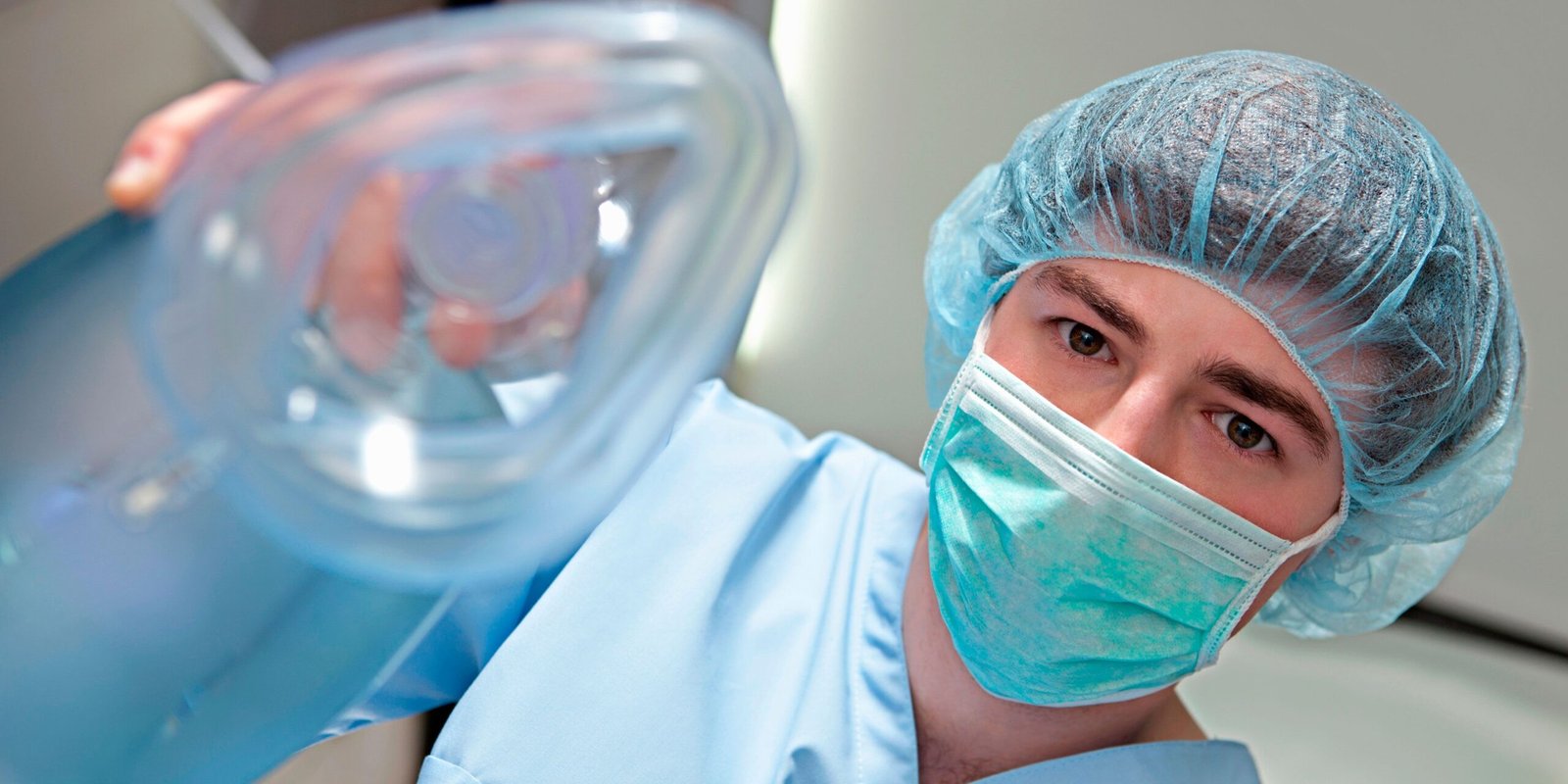
Ketamine
Ketamine is an analogue of phencyclidine (“street drug”) with a pronounced effect on sensory perception. Ketamine acts by blocking activation of one type of excitatory amino acid receptor (the NMDH receptor).
Pharmacological action of ketamine
A. On CNS: Dissociative anaesthesia (see below), Analgesia, Amnesia Paralysis of movement, Postoperative psychic phenomena.
B. ON CVS: Cardio-stimulatory effect:
1. Increase heart rate.
2. Increase blood pressure.
3. Increase cardiac output.
C. Respiration: Ketamine decreases respiratory rate slightly for 2-3 minutes (apnoea).
Dissociative anaesthesia
Dissociative anaesthesia means the patient may remain conscious, though amnesic and insensitive to pain. Pharyngeal and laryngeal reflexes are retained.
Pharmacokinetics of ketamine
A. Routes of administration: intravenous, intramuscular.
B. Distribution: Rapid into highly vascular organs
C. Onset of action: Rapid (dissociation is noticed within 15 sec)
D. Duration of action: Following a single dose:
1. Unconsciousness: 10-15 min.
2. Analgesia: up-to 40 min.
3. Amnesia: 1-2 hours.
E. Metabolism: Liver.
F. Excretion: Urinary and biliary excretion
Indications (uses) of ketamin
1. Dressing of burns (especially children)
2. Bone marrow sampling.
3. Minor orthopaedic procedure (amputation).
4. High-risk patients to general anaesthesia.
5. Patient in shock (due to cardio-stimulant property
6. Minor surgical procedures:
- Abscess drain
- Skin grafting
- Circumcision
Doses of ketamine
1. Intravenous (I/V): 1-2 mg/kg body weight.
2. Intramuscular (IM): 6-8 gm/kg body weight.
3. Ketamine should be given with diazepam and atropine.
- Diazepam: Reduces subsequent requirement of ketamine and postoperative psychic phenomena
- Atropine: Prevents bronchial secretion.
Advantages and disadvantages of ketamine Advantages
1. Duration of anesthesia: unconsciousness last for 10-15 minutes (single dose).
2. Produces profound analgesia (persists for some 40 min).
3. Less vomiting, Bronchospasm.
4. Airway may be less at risk than with other G.A agents.
5. It is of particular value in children and poor-risk patients.
Disadvantages
1. Ketamine produces no muscular relaxation.
2. Produces postoperative psychic phenomena (hallucinations, delirium, and dysphoria).
Contraindications of ketamine
1. Bronchial asthma.
2. Hypertension (moderate to severe)
3. Congestive cardiac failure (CCF)
4. Raised intracranial pressure.
5. Pregnancy (before term): ketamine has oxytoxic action)
6. Schizophrenia and acute psychosis.
7. Eye injury and increased intraocular pressure.
Properties of intravenous anaesthetics Thiopental sodium
1. Speed of induction: fast onset.
2. Speed of recovery: cumulation occurs, giving slow recovery.
3. Unwanted effects: cardiorespiratory depression, hangover.
Etomidate
1. Speed of induction: fast onset.
2. Speed of recovery: fairly fast recovery.
3. Unwanted effects: Adrenocortical suppression.
4. Excitatory effects during induction and recovery.
Ketamine
1. Speed of induction: Slow onset.
2. Speed of recovery; after effects common.
3. Unwanted effects: Postoperative psychic phenomena (hallucination, delirium)
Propofol
1. Speed of induction: fast onset.
2. Speed of recovery: very fast recovery.
3. Unwanted effects: cardiorespiratory depression.
Read more:
